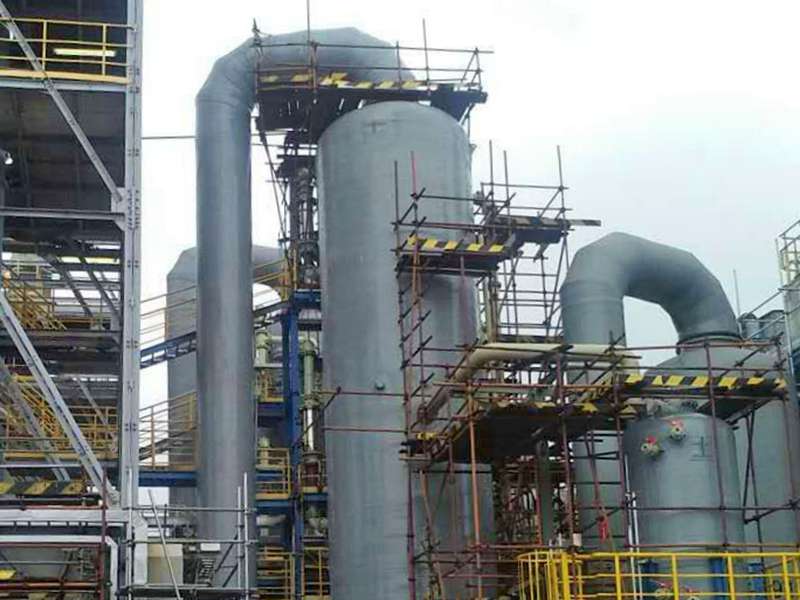
-
 Afrikaans
Afrikaans -
 Albanian
Albanian -
 Amharic
Amharic -
 Arabic
Arabic -
 Armenian
Armenian -
 Azerbaijani
Azerbaijani -
 Basque
Basque -
 Belarusian
Belarusian -
 Bengali
Bengali -
 Bosnian
Bosnian -
 Bulgarian
Bulgarian -
 Catalan
Catalan -
 Cebuano
Cebuano -
 China
China -
 China (Taiwan)
China (Taiwan) -
 Corsican
Corsican -
 Croatian
Croatian -
 Czech
Czech -
 Danish
Danish -
 Dutch
Dutch -
 English
English -
 Esperanto
Esperanto -
 Estonian
Estonian -
 Finnish
Finnish -
 French
French -
 Frisian
Frisian -
 Galician
Galician -
 Georgian
Georgian -
 German
German -
 Greek
Greek -
 Gujarati
Gujarati -
 Haitian Creole
Haitian Creole -
 hausa
hausa -
 hawaiian
hawaiian -
 Hebrew
Hebrew -
 Hindi
Hindi -
 Miao
Miao -
 Hungarian
Hungarian -
 Icelandic
Icelandic -
 igbo
igbo -
 Indonesian
Indonesian -
 irish
irish -
 Italian
Italian -
 Japanese
Japanese -
 Javanese
Javanese -
 Kannada
Kannada -
 kazakh
kazakh -
 Khmer
Khmer -
 Rwandese
Rwandese -
 Korean
Korean -
 Kurdish
Kurdish -
 Kyrgyz
Kyrgyz -
 Lao
Lao -
 Latin
Latin -
 Latvian
Latvian -
 Lithuanian
Lithuanian -
 Luxembourgish
Luxembourgish -
 Macedonian
Macedonian -
 Malgashi
Malgashi -
 Malay
Malay -
 Malayalam
Malayalam -
 Maltese
Maltese -
 Maori
Maori -
 Marathi
Marathi -
 Mongolian
Mongolian -
 Myanmar
Myanmar -
 Nepali
Nepali -
 Norwegian
Norwegian -
 Norwegian
Norwegian -
 Occitan
Occitan -
 Pashto
Pashto -
 Persian
Persian -
 Polish
Polish -
 Portuguese
Portuguese -
 Punjabi
Punjabi -
 Romanian
Romanian -
 Russian
Russian -
 Samoan
Samoan -
 Scottish Gaelic
Scottish Gaelic -
 Serbian
Serbian -
 Sesotho
Sesotho -
 Shona
Shona -
 Sindhi
Sindhi -
 Sinhala
Sinhala -
 Slovak
Slovak -
 Slovenian
Slovenian -
 Somali
Somali -
 Spanish
Spanish -
 Sundanese
Sundanese -
 Swahili
Swahili -
 Swedish
Swedish -
 Tagalog
Tagalog -
 Tajik
Tajik -
 Tamil
Tamil -
 Tatar
Tatar -
 Telugu
Telugu -
 Thai
Thai -
 Turkish
Turkish -
 Turkmen
Turkmen -
 Ukrainian
Ukrainian -
 Urdu
Urdu -
 Uighur
Uighur -
 Uzbek
Uzbek -
 Vietnamese
Vietnamese -
 Welsh
Welsh -
 Bantu
Bantu -
 Yiddish
Yiddish -
 Yoruba
Yoruba -
 Zulu
Zulu
fiberglass clarifier system for efficient water treatment and solid ...
Fiberglass Clarifier System for Efficient Water Treatment and Solid Removal
Water treatment is a critical process in ensuring access to clean and safe water for various uses, ranging from drinking and agriculture to industrial applications. One of the most effective technologies available for enhancing water quality is the fiberglass clarifier system. This innovative approach offers numerous benefits for the efficient removal of solids and contaminants from water sources.
Understanding the Fiberglass Clarifier System
At its core, the fiberglass clarifier system is a constructed unit designed to separate solids from liquids through gravitational settling. This type of system uses fiberglass, a composite material created from fine glass fibers, which is known for its durability, corrosion resistance, and lightweight properties. Fiberglass clarifiers are particularly well-suited for environments where metal systems may corrode due to exposure to harsh chemicals or saline conditions.
The primary function of a clarifier is to allow solids suspended in water to settle at the bottom of a tank, forming a sludge layer. The clarified water rises to the top, where it can be safely removed or further treated. This process is essential in various industries, including wastewater treatment, food processing, and chemical manufacturing.
Benefits of Using Fiberglass Clarifier Systems
1. Cost-Effectiveness Fiberglass clarifiers are typically more affordable than their metal counterparts. The lower material costs and reduced maintenance requirements result in significant savings over time.
2. Durability The inherent properties of fiberglass make these clarifier systems highly resistant to corrosive substances. This durability translates into a longer lifespan and less frequent need for replacement or repairs.
3. Lightweight Design The lightweight nature of fiberglass makes it easier to transport and install. This attribute can significantly reduce labor costs and make the installation process more efficient.
fiberglass clarifier system for efficient water treatment and solid ...

4. Customizable Sizes Fiberglass clarifiers can be tailored to meet the specific needs of different facilities. Whether for small-scale applications or large industrial processes, these systems can be manufactured in a variety of sizes and configurations.
5. Effective Solids Removal The gravitational settling process employed in fiberglass clarifiers is highly effective for removing suspended solids. This capability ensures that the clarified water meets regulatory standards for discharge or reuse.
6. Reduced Footprint Compared to traditional concrete systems, fiberglass clarifiers require less space. This feature is particularly beneficial for facilities with limited available area for water treatment operations.
Applications in Water Treatment
Fiberglass clarifier systems find applications in a variety of settings. In municipal wastewater treatment plants, they are essential for the initial sedimentation phase, where large solids are removed before further processing. In industrial settings, they help manage effluents from manufacturing processes, separating oils, greases, and particulates from water before it is released into the environment.
Another promising application is in the food and beverage industry, where large volumes of water are used for cleaning and processing. Fiberglass clarifiers can effectively handle the high solids load associated with these operations, ensuring compliance with environmental regulations while improving water reuse rates.
Conclusion
The fiberglass clarifier system represents a significant advancement in water treatment technology, offering an efficient, cost-effective, and durable solution for solids removal from various water sources. As industries and municipalities continue to face challenges in managing water quality and regulatory compliance, the adoption of fiberglass clarifiers is likely to increase. Their ability to provide customized solutions in a lightweight, robust package makes them an ideal choice for a wide range of applications, contributing to a more sustainable and environmentally-friendly water treatment approach. By investing in these innovative systems, stakeholders can ensure better water quality and compliance with environmental standards, ultimately benefiting communities and ecosystems alike.









